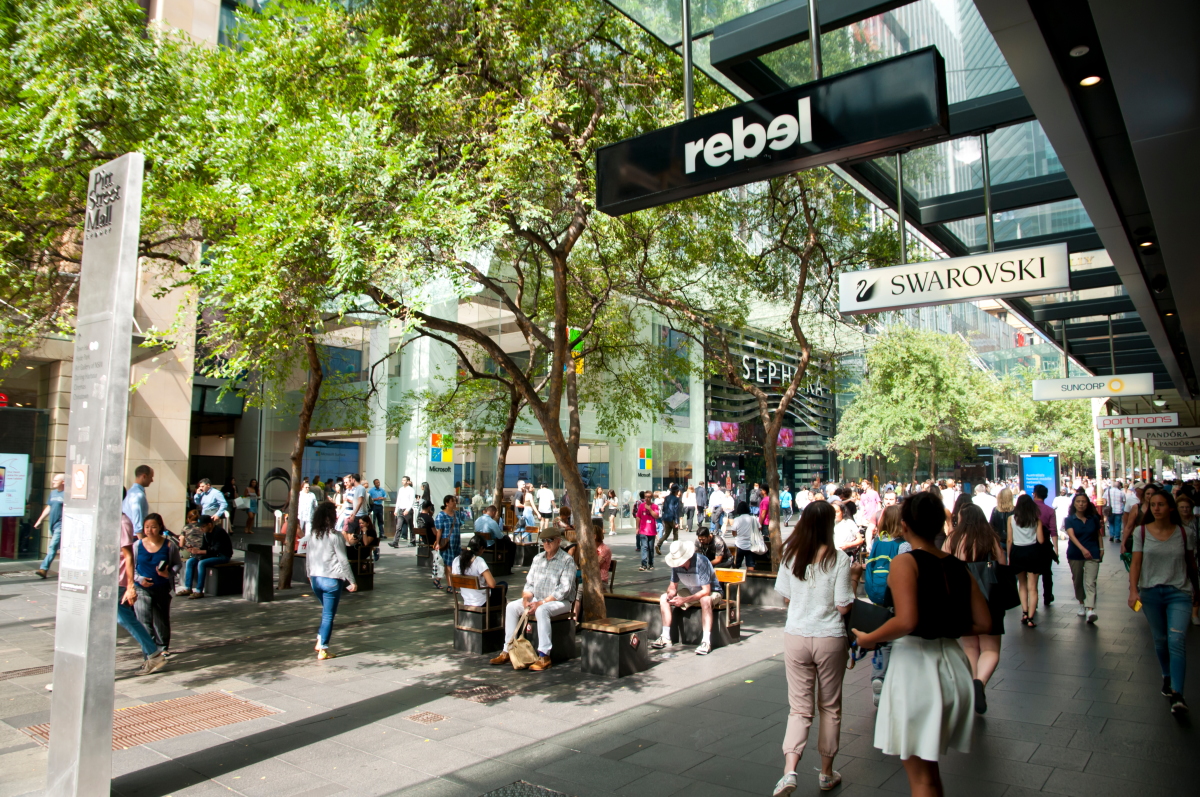Australia is showing increasing signs of sliding into a recession. The S&P Global Flash Australia Composite PMI hit the lowest level for the first time in seven months. It fell to 49.8 in August 2022, compared to 51.1 in July. Also, PMI Manufacturing declined to 54.5 (from 55.7) and PMI Services to 49.6 (from 50.9) as activity slows due to higher interest rates.
“A renewed contraction in Australia’s private sector economy indicates that recent interest rate hikes made by the RBA, as well as sustained inflationary pressures, have begun to take a toll on overall demand levels,” said Laura Denman, Economist at S&P Global Market Intelligence.
Goldman Sachs predicts a 25% chance of a recession in Australia over the next 12 months but warns that a sharp US downturn would increase those odds to 50-60%. Nomura even directly expects Australia to tip into a recession over the next 12 months.
“In addition to high inflation, Australia has a had debt-fueled housing boom and is at risk of deeper-than-forecast recession if interest rate hikes trigger housing busts and deleveraging,” said Nomura economists.
AMP Capital expects Australia’s GDP growth to slow to around 2% over the year to December 2023. “Consumer spending growth weakens as interest rates rise, housing construction growth is soft as we’re in a higher rate environment and a lot of demand was brought forward in 2020-2021,” noted Diana Mousina, senior economist at AMP Capital, told Australian publication Canstar.
RBA raises key interest rate for the fourth month in a row
At the beginning of August, the Reserve Bank of Australia (RBA) made the most drastic step in interest rates since the 1990s, raising its key rate for the fourth month in a row. Until May, the interest rate in Australia was still at 0.1%, now it has reached the level of 1.85%.
Following the interest rate cut, consumer sentiment Australian consumer sentiment fell in August to depths last seen early in the pandemic. The Westpac-Melbourne Institute index of consumer sentiment dropped 3.0% to 81.2% in August. It has been in a downward trend since November 2021.
Rapidly rising interest rates are also increasingly weighing on Australia’s property sector. The worst-affected market is Sydney, where property values have fallen almost 5% in the last three months, compared to 2% in the $9.9 tn AUD ($6.8 tn USD) national market.
According to Andrew Boak, Goldman Sachs’ chief economist for Australia, “the housing cycle is the single greatest domestic downside risk to Australia’s macro outlook”, making the outlook uncertain.
Bloomberg economist James McIntyre estimates that rate hikes are likely to reduce households’ borrowing capacity by 20% by the first half of 2023.
Australia’s outlook, not only bleak
The RBA like many other central banks was caught off guard by the rapid rise in inflation and has already raised rates four times, marking the most aggressive tightening in decades. RBA Governor Philip Lowe has indicated that rates will likely continue to rise toward a “neutral” level of at least 2.5% with markets priced in as much as 3.75%.
With unemployment at a five-decade low of 3.4% in July and job vacancies at all-time highs, the governor was confident that the economy could withstand the shock.
Household demand has also held up well, thanks in part to 260 bn AUD ($178.59 bn USD) saved during the pandemic lockdowns. Retail sales jumped unexpectedly in July to 1.3% from the previous month to a record $34.7 bn AUD ($23.8 bn USD), data from the Australian Bureau of Statistics showed on Monday. It is the strongest result in four months.
“It’s clear that Australia’s consumers are not throwing in the towel in the face of soaring consumer prices and rising interest rates,” said Capital Economics’ senior economist Marcel Thieliant.
“That reflects both the surge in labour income this year as employment growth has been very strong as well as the still-high household savings rate.”
– With reporting by Sakshi Dahiya










 Australia
Australia China
China India
India Indonesia
Indonesia Japan
Japan Malaysia
Malaysia Philippines
Philippines Singapore
Singapore South Korea
South Korea Taiwan
Taiwan Thailand
Thailand Vietnam
Vietnam
 Germany
Germany Hong Kong
Hong Kong USA
USA Switzerland
Switzerland Singapore
Singapore









